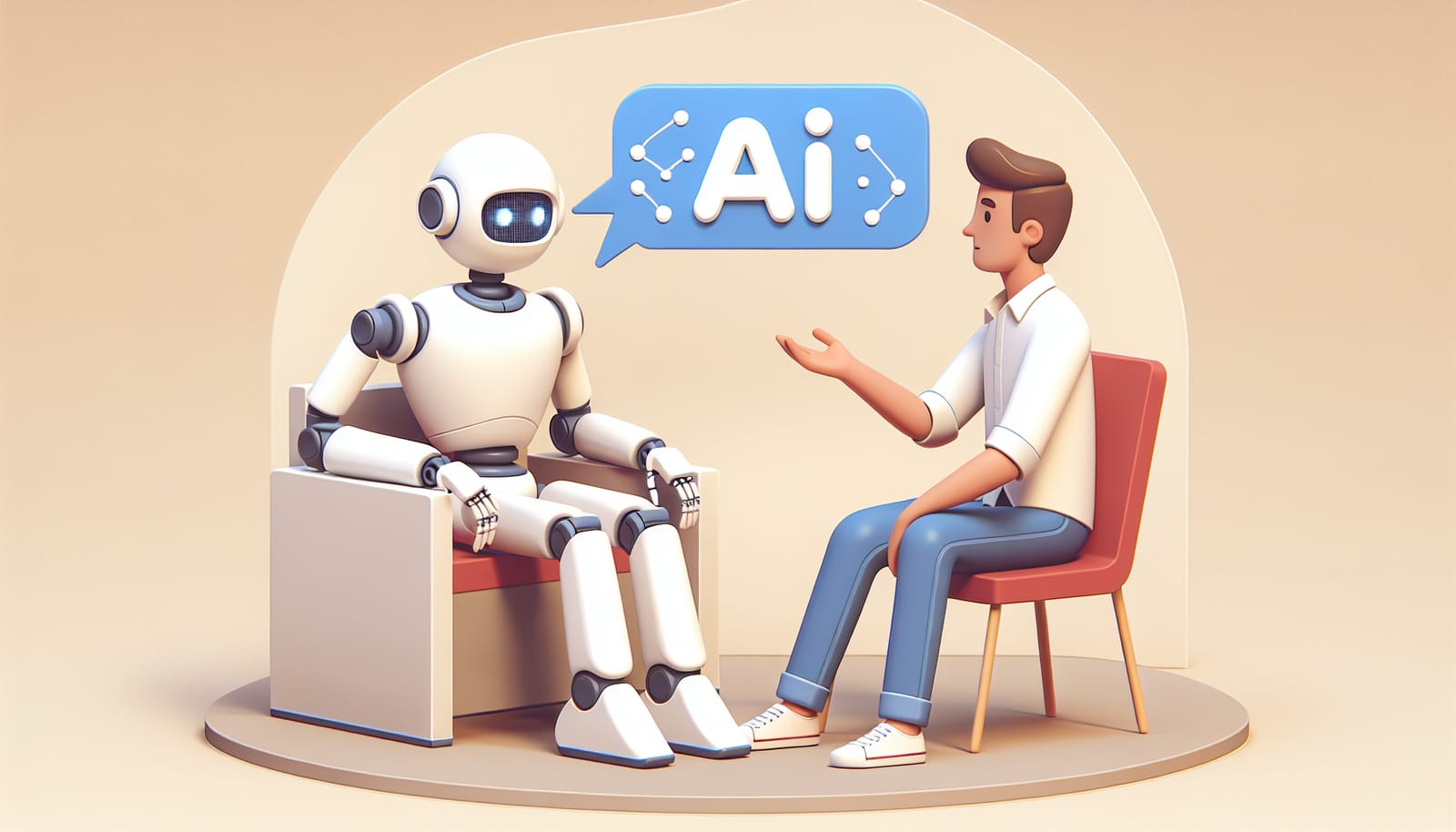Dyslexia is a learning difference that affects how people process written language. It can make reading, spelling, and writing challenging, leading to frustration for those who experience it. However, thanks to advancements in technology, particularly artificial intelligence (AI), people with dyslexia and other learning differences are finding new ways to overcome these challenges. This article explores how AI is making a positive impact on the lives of those with dyslexia and offers insights into some incredible tools and resources available today.
Understanding Dyslexia and Learning Differences
Dyslexia is often described as a reading disability, but it's more complex than that. It affects how the brain processes language, making it difficult for some individuals to decode words and understand text at the same speed as their peers. Learning differences can take various forms, including ADHD, dysgraphia, and others. Each of these conditions can affect how individuals learn and interact with the world.
The good news is that people with learning differences are just as intelligent and capable as anyone else. They often simply require different strategies and tools to help them learn.
The Role of AI in Education
Artificial Intelligence is a branch of computer science that focuses on creating machines that can perform tasks that typically require human intelligence. This includes learning from experience, understanding language, recognizing patterns, and making decisions. In the field of education, AI is being used to create personalized learning experiences that cater to the unique needs of each individual.
One of the most exciting aspects of AI in education is its ability to adapt to the learner's needs. For instance, AI-powered educational software can analyze a student's performance and adjust the difficulty level of tasks in real-time. This ensures that learners with dyslexia can work at their own pace and receive the support they need without feeling overwhelmed.
AI Tools for Reading Support
There are numerous AI tools designed specifically to assist individuals with dyslexia. These tools use various technologies to improve reading and comprehension skills. Here are a few notable examples:
Text-to-Speech Software
Text-to-speech (TTS) software converts written text into spoken words. This can be incredibly helpful for people with dyslexia who may struggle to read text on a page. By listening to the words being read aloud, learners can better understand the content. Some popular TTS programs include NaturalReader, Read&Write, and Microsoft’s Immersive Reader.
Reading Apps
Several reading apps incorporate AI to provide personalized learning experiences. For example, apps like Learning Ally and dyslexic-friendly platforms such as Beeline Reader use color gradients and special fonts to make reading easier. These apps help users focus on the text, making reading a more enjoyable experience.
Smart Assistants
Voice-activated smart assistants, like Google Assistant and Amazon's Alexa, can help learners with dyslexia by answering questions, reading content aloud, and providing reminders for homework and study sessions. This technology can make learning more accessible and less daunting for those who struggle with reading.
AI-Powered Learning Platforms
In addition to standalone tools, there are also comprehensive learning platforms that utilize AI to create tailored educational experiences. These platforms analyze a student's learning style and adapt accordingly.
Khan Academy
Khan Academy is a free online learning platform that uses data to provide personalized learning experiences. It offers a wide range of subjects and allows learners to progress at their own pace. The platform's AI algorithms analyze user performance and suggest resources that align with their needs.
Ghotit
Ghotit is specifically designed for individuals with dyslexia and dysgraphia. It offers advanced proofreading and spell-checking tools that understand the unique spelling and grammatical challenges faced by people with these learning differences. Ghotit’s AI technology provides context-sensitive suggestions to improve writing skills.
The Future of AI and Education
As technology continues to evolve, so too will the ways in which AI can support individuals with dyslexia and learning differences. Researchers are exploring how AI can be used to develop more effective learning materials and strategies tailored to each learner’s needs. This could lead to even more engaging and effective educational experiences.
One exciting area of development is the use of AI in virtual reality (VR). Imagine a VR classroom where students can interact with 3D models, hear stories read aloud in immersive environments, and engage with learning materials in ways that cater to their learning styles! This technology has the potential to revolutionize the way we think about education.
Inspiring Stories of Change
Many individuals with dyslexia are using AI tools to achieve academic success and pursue their dreams. Take the story of Emma, a high school student who struggled with reading for years. Through the use of text-to-speech software and a personalized learning platform, Emma was able to improve her reading skills significantly. She went from feeling discouraged to becoming an advocate for others with dyslexia, inspiring her peers to embrace their learning differences.
Like Emma, countless others are finding ways to harness the power of AI to overcome obstacles and achieve their goals. These stories of resilience and success remind us that with the right tools and support, individuals with learning differences can thrive.
AI is transforming the educational landscape for people with dyslexia and learning differences. With innovative tools and personalized learning experiences, individuals are breaking down barriers and unlocking their potential. As we continue to embrace the advancements in technology, we can look forward to a future where everyone, regardless of their learning differences, has the opportunity to learn and succeed.
Whether you're a student, a parent, or an educator, exploring the possibilities of AI can be an exciting journey. By staying informed and open to new solutions, we can create a more inclusive world where everyone has the chance to shine.


